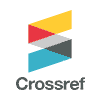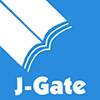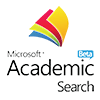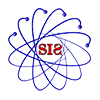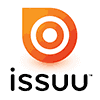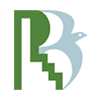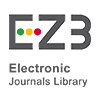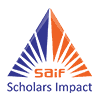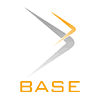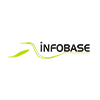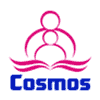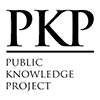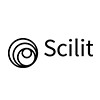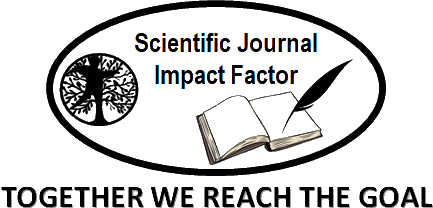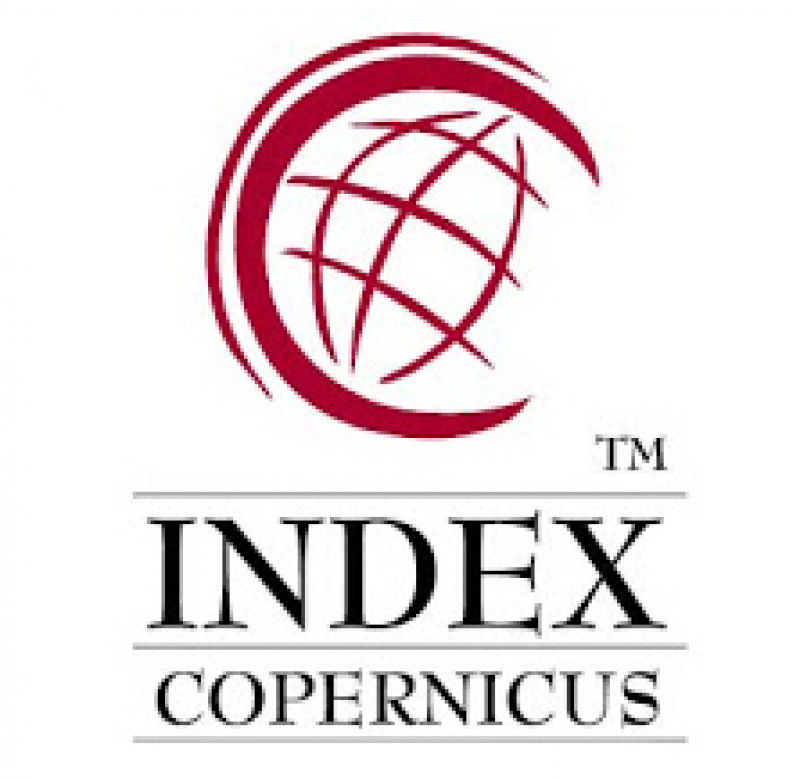The Issues of Higher Education in Afghanistan
Abstract
The diversity of human resources with advanced degrees is viewed as an opportunity for universities to foster innovation and knowledge production; however, Afghan universities exhibit differences in their attention to this important aspect. To achieve development in higher education, universities require an appropriate infrastructure that supports innovation, knowledge production, creativity, and the development of their connections with the world beyond the country’s borders. This research aims to conduct an analysis of higher education in Afghanistan, employing a problem-solving approach, to provide logical and effective solutions for aligning the strategies of the Ministry of Higher Education with those of the universities. This study is applied in nature and has been conducted using a mixed-methods approach, combining fieldwork and library research. To obtain accurate and effective information regarding the decreasing motivation of students, a field survey was conducted, utilizing questionnaires, while other components were analyzed through library research. The main issue identified and analyzed in this research consists of the challenges faced by universities in the country, which limit the potential for development. The findings of the research indicate that the most significant challenges include a shortage of qualified professional staff, the exclusion of girls from education, decreased academic motivation, a lack of creativity and innovation, and the lack of internationalization of universities. Therefore, to overcome these problems, it is essential to identify the challenges facing higher education and utilize the proposed strategies for the growth and development of higher education.
Keywords
Full Text:
PDFReferences
Ahmadi, Abbas, (2007), Entrepreneurship, Hegmetane Comprehensive Publication, 2nd edition, Hamadan, Pp. 33-51.
Ankrah, S. & Al-Tabbaa, O. (2015), University industry collaboration: A systematic review Scandinavian Journal of Management, volume 31, Pp. 387-408
Arefi, Mahboobeh; Ghahramany, Mohammad; Rashid Haji Khwajalu, Saleh. Evaluation of Effective Criteria on the Qualification and Selection of Faculty Members at Shahid Beheshti University from the Perspective of Faculty Members, Quarterly Journal of Research in Educational Systems, Volume 10, No. 34, Tehran, Pp. 18-31.
Barro, R. (2001). Education and Economic Growth. In J. F. Helliwell (Ed.), The Contribution of Human and Social Capital to Sustained Economic Growth and Well-Being. OECD, Harvard University.
Bioanovsky, Mauro, (2022); Tinbergen on the Theory and Policy of Economic Development, (Translation: Amirhossein Jahanbeglu), Principles of Economic Growth Planning, Institute for Social Studies and Research, University of Tehran, Tehran, Pp. 1-117.
Bonaccorsi, A. & Piccaluga, A. (1994), A theoretical framework for the evaluation of university-industry relations P&D Management, volume 24, Pp.229-247
D’este, P., Guy, F. & Iammarino, S. (2012), Shaping the formation of university industry research collaborations: what type of proximity does really matter? Journal of economic geography, volume 13 (4), Pp. 537-558 DOI: 10.1093/jeg/lbs010
Ebrahimi, Y. (2006), Attracting faculty members in universities and institutes of Higer education in Iran and some prestigious universities in the world, Bureau of Cultural Studies of the Parliament of Iran, Tehran, Pp. 66-90.
Emadzadeh, Mostafa, Khoshakhlagh, Rahman & Sadeghi, Masoud, (2000). The Role of Human Capital in Economic Growth, Budget and Planning Journal, No. 1 and 2, Tehran, Pp. 3-25.
Etemad Newspaper (Sunday, August 1, 2021), No. 4988, Bitter Repetition of Brain Drain Experience (https://www.etemadnewspaper.ir/fa/main/detail/171580) and Kolkin (August 5, 2021), Intensification of Violence in Afghanistan and Bitter Repetition of Brain Drain Experience (https://kelkein.com/8546).
Ghiasi, Saeed, Safar Nevada, Mariam & Rabbanikhah, Fahimeh, (Summer 2020). Comparative Study of Faculty Recruitment Policies in Top Universities of the World and Iran, Journal of Medicine and Purity, Volume 29, No. 2, Tehran, Pp. 104-116.
Gilles, Breton & Michel, Lambert, (2009), Globalisation et universités: nouvel espace, nouveaux acteurs, (Translated by: Hamid Javdani), 1st Edition, Cultural and Social Studies Research Institute Publications, Tehran, Pp. 190-195.
Hall, B., Link, A.N. & Scott, J.T. (2001), Barriers Inhibiting industry from partnering with universities: Evidence from the Advanced Technology Program, the Journal of Technology transfer, volume 26, pp 87-98
Hasan Moradi, Narges, (2007), Entrepreneurship Management, Research and Training Institute of the Ministry of Energy Publications, 1st edition, Tehran, Pp. 17-20.
https://www.unocha.org/afghanistan
https://www.avapress.com/fa/news/262751
https://www.bbc.com/persian/afghanistan-60200786.
Jarvis, P. (2008), Globalization, Lifelong learning and the learning society, London and New York, Routledge.
Kalemli – Ozcan, S. (2002). “Does mortality decline promote economic growth?” Journal of Economic Growth, vol. 7 (4), Pp. 411-439.
Knight, J. (2006). Internationalization of higher education: new directions, new challenges. Paris: International Association of Universities, p. 15 -26.
Law on Civil Higher Education, Amendments, Inclusions, and Deletions of Some Articles, 2019/1/21, Serial No. 1297, Kabul.
Manafi Sharafabad, Kazem & Sobhani Nejad, Mahdi, (2011). Investigating Challenges and Solutions for Quality Development in the Higher Education System of the Country, First National Education Conference in Iran 1404, Tehran, Pp. 1-11.
Mc Mahon, Walter W. (2000), The Impact of Human Capital on Non-Market Outcomes and Feedbacks on Economic Development” in The Contribution of Human and Social Capital to Sustained Economic Growth and Well-Being, John Helliwell, ed, Government of Canada and OECD, Pp. 136-71.
Moghaddas Farimani, Shahram, (Fall 2017). Motivations of Students for Entering the Associate Degree Program in Applied Agricultural Sciences, Journal of Educational Management Research in Agriculture, No. 42, Tehran, Pp. 105-119.
Mosadegh, Hadi, (2016). An Investigation into the Recruitment Process of Faculty Members in Public Universities under the Ministry of Science, and a Proposal of a Suitable Model (Doctoral Thesis), Faculty of Management, Kharazmi University, Tehran, Pp. 33-37.
Policy and Procedures on Academic Appointment, University of Toronto, Governing Council, (2015), http://www.governingcouncil.utoronto.ca
Rafat, Mohammad Ali (2016). Brain Drain from South to North: Causes and Consequences, 4th International Conference on Modern Research in Management, Economics, and Accounting, Tehran, Pp. 1-17.
Rajalo, S. & Vadi, M. (2017), University industry innovation collaboration: Reconceptualization, Tec novation, volume 62-63, Pp. 42-54.
Ranjbarian, Rasoul, (2012). Fundamentals of Entrepreneurship (General Entrepreneurship), Islamic Azad University Publications, Urmia Unit, 2nd edition, Urmia, Pp. 112-114.
Recruitment Regulations for Academic Cadres of the Ministry of Higher Education were Approved on 2018/3/3 in Kabul.
Recruitment Regulations for Academic Staff of Higher Education Institutions were established in 2023 in Kabul.
Sadeghi Mal Amiri, Mansour, and Raeisi Mohabbat (August-September 2010). A Conceptual Model for Measuring Creativity, Bi-monthly Journal of Human Development Police, Volume 7, No. 30, Pp. 97-112.
Saljuqi, Khosrow (2000). Migration of Elites: Causes and Solutions, Organization for Management and Planning, Tehran, as cited in Mohammad-Hossein Mirbagheri and Parviz Davami (Fall 2006). Brain Drain (Causes and Motivations), Educational Journal of Engineering Iran, No. 31, Volume 8, Tehran, Pp. 1-23.
Spokesperson Office of the Ministry of Higher Education (2020). A Look at the Achievements of the Ministry of Higher Education in 2020, Kabul, Pp. 2-4.
Zahed, Yadollah; Nasrollahi, Zahra and Mahinizadeh, Mansour (Winter 2020). From Gender Discrimination to Equality and Economic Growth (A Study of Developing Countries), Women in Development and Policy Journal, Volume 18, Number 4, Tehran, Pp. 643-662.
DOI: http://dx.doi.org/10.18415/ijmmu.v12i3.6567
Refbacks
- There are currently no refbacks.
Copyright (c) 2025 International Journal of Multicultural and Multireligious Understanding

This work is licensed under a Creative Commons Attribution-NonCommercial-NoDerivatives 4.0 International License.
https://ijmmu.com
editor@ijmmu.com
facebook.com/ijmmu
Copyright © 2014-2018 IJMMU. All rights reserved.






